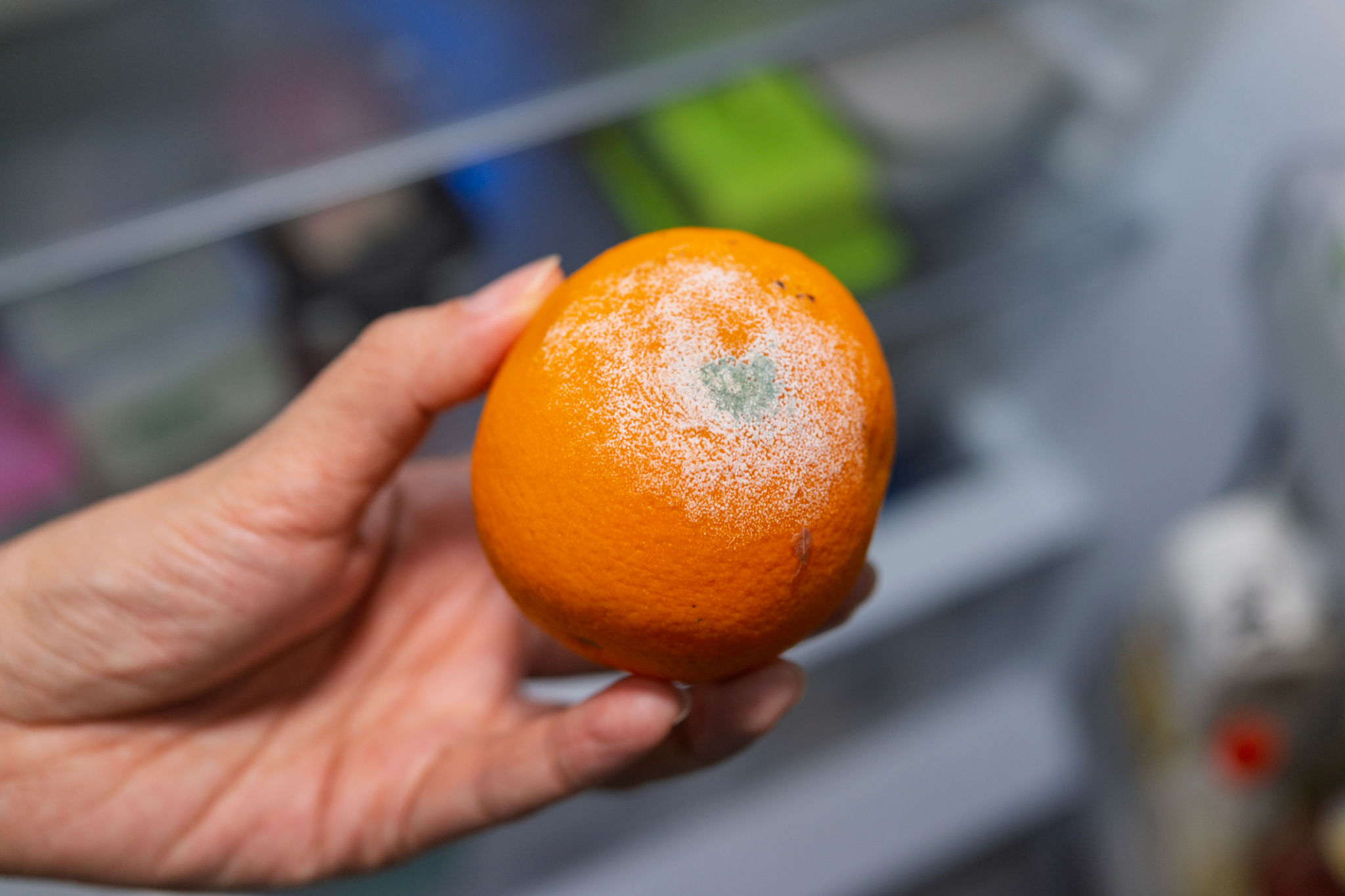Top 5 Food Safety Risks and How to Mitigate Them
Understanding Food Safety Risks
Food safety is a critical concern for consumers, food handlers, and regulators alike. The risks associated with food safety can lead to severe health consequences if not properly managed. Understanding these risks is the first step in mitigating them effectively.

1. Biological Hazards
Biological hazards are perhaps the most talked-about risks in food safety. They include bacteria, viruses, parasites, and fungi that can contaminate food and cause foodborne illnesses. Common culprits include Salmonella, E. coli, and Listeria.
To mitigate biological hazards, it's essential to implement proper hygiene practices, such as regular hand washing, sanitization of surfaces, and proper cooking temperatures. Regular training for food handlers on safe food handling practices is also crucial.
2. Chemical Contaminants
Chemical contaminants in food can originate from various sources, including pesticides, food additives, and cleaning agents. These substances can pose significant health risks if ingested in large quantities.
To reduce exposure to chemical contaminants, it's important to use approved and regulated chemicals and follow recommended guidelines for their application. Additionally, sourcing ingredients from reputable suppliers can help ensure they meet safety standards.

3. Physical Hazards
Physical hazards involve foreign objects such as glass, metal, or plastic that can accidentally end up in food products. These hazards can cause injury or pose choking risks to consumers.
Preventing physical hazards requires vigilant monitoring during food production and processing. Implementing inspection procedures and using appropriate packaging methods can significantly reduce the risk of physical contamination.
4. Cross-Contamination
Cross-contamination is a common cause of foodborne illnesses and occurs when harmful bacteria or allergens spread from one surface or food item to another. This can happen during preparation, cooking, or storage.
To prevent cross-contamination, separate raw and cooked foods, use different utensils for different types of food, and store food items properly. Educating staff about these practices is essential for maintaining a safe kitchen environment.

5. Allergen Risks
Food allergies are becoming increasingly common and can result in severe reactions. Common allergens include peanuts, shellfish, lactose, and gluten. Proper labeling and awareness are crucial in managing allergen risks.
To mitigate allergen risks, always label products clearly and educate staff about the importance of allergen awareness. Providing clear information to consumers allows them to make informed dietary choices.
Conclusion
The importance of food safety cannot be overstated, as the consequences of ignoring these risks can be dire. By understanding the top five food safety risks—biological hazards, chemical contaminants, physical hazards, cross-contamination, and allergen risks—and implementing strategies to mitigate them, businesses can ensure the wellbeing of their consumers and maintain their reputation.
Adopting stringent safety practices not only protects consumers but also enhances trust in your brand. Stay informed and proactive in addressing these risks to create a safer food environment for everyone.
